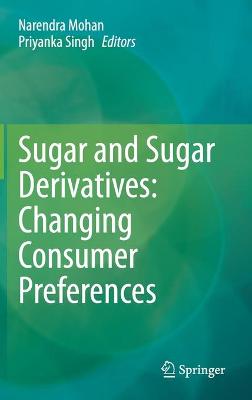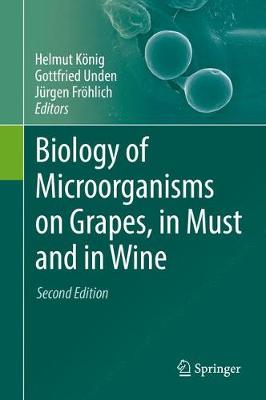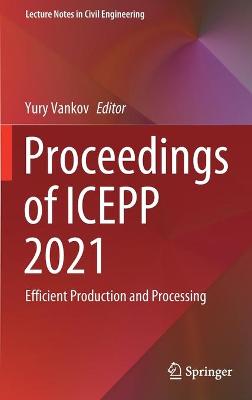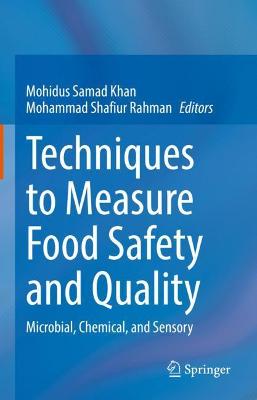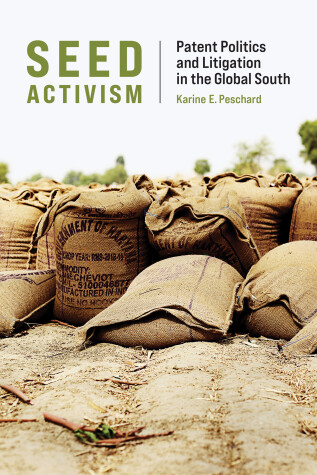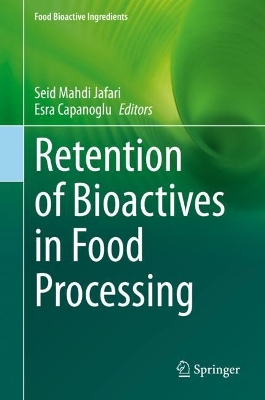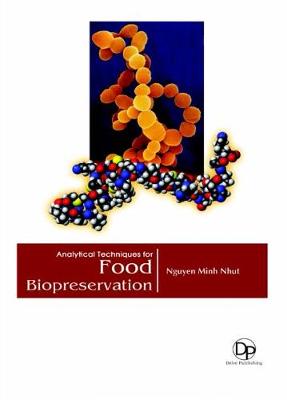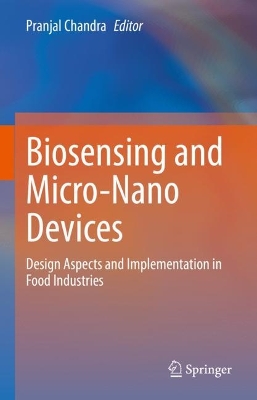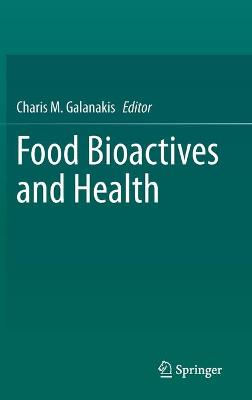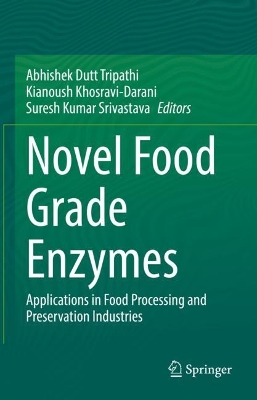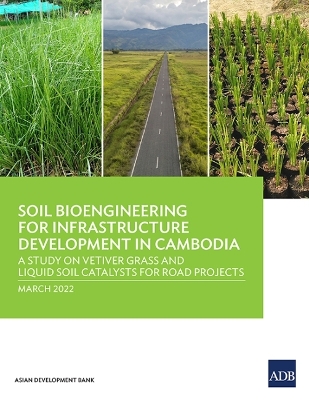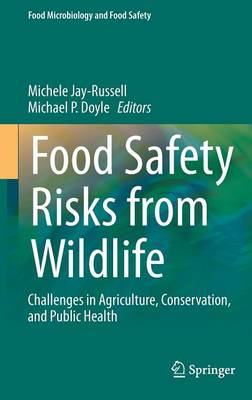Sugar and Sugar Derivatives: Changing Consumer Preferences
Sugarcane enjoys a prominent position among agro-industrial crops and is commercially grown in 115 tropical and subtropical countries around the world. However, fluctuations in sugar prices have forced the sugarcane industry worldwide to broaden its revenue base by moving from single-commodity manufacturing to a range of value-added products. Utilizing the by-products in an innovative manner to create value-added products is the new course of action for sugar-producing countries. For many y...
Food Microbiology Based Entrepreneurship
This book is first part of the 3 volume set focusing on basic and advanced methods for using microbiology as an entrepreneurial venture. This book deals with the concept of entrepreneurship skills for production, cost-benefit analysis and marketing of button, oyster, milky mushroom, Ganoderma sp, Single cell protein, Breads, Cheese, Yoghurt, Wine, Beer, Probiotics, Prebiotics fermented vegetables, and Fermented Fish etc. Chapters cover the applications of microorganisms in small and large scale...
Biology of Microorganisms on Grapes, in Must and in Wine
The second edition of the book begins with the description of the diversity of wine-related microorganisms, followed by an outline of their primary and energy metabolism. Subsequently, important aspects of the secondary metabolism are dealt with, since these activities have an impact on wine quality and off-flavour formation. Then chapters about stimulating and inhibitory growth factors follow. This knowledge is helpful for the growth management of different microbial species. The next chapters...
Proceedings of ICEPP 2021 (Lecture Notes in Civil Engineering, #190)
This book gathers the latest advances, innovations, and applications in the field of environmental and construction engineering, as presented by international researchers and engineers at the 2nd International Conference on Efficient Production and Processing, held on February 25-26, 2021. It covers highly diverse topics, including use of secondary raw materials in construction technologies; urban waste management logistics; use of recycled materials in road construction; safety and security in...
Techniques to Measure Food Safety and Quality
This book addresses the basic understanding of food contaminants and their sources, followed by the techniques to measure food safety and quality. It is divided into four parts: Part A - sources of contaminants in foods, their associated health risks, and integrated management and alternative options to minimize contaminants; Part B - Technological assessment of conventional methods and selected advanced methods for the detection, identification and enumeration of microbial contaminates; Part C...
Seed Activism (Food, Health, and the Environment)
by Karine E. Peschard
How lawsuits around intellectual property in Brazil and India are impacting the patentability of plants and seeds, farmers’ rights, and the public interest. Over the past decade, legal challenges have arisen in the Global South over patents on genetically modified crops. In this ethnographic study, Karine E. Peschard explores the effects of these disputes on people’s lives, while uncovering the role of power—material, institutional, and discursive—in shaping laws and legal systems. The expansio...
Mycotoxins (Mycotoxins, #1)
This volume covers significant and latest global research on mycotoxins and their prevalence in a wide variety of food and feed commodities. It provides deep insight for professionals to address the issue of mycotoxins at different levels in framing the policies and the health aspects of the population with respect to mycotoxin contamination in food and feed. Food safety has become a vast and challenging issue in recent decades and this volume is written for researchers and graduate students in...
Retention of Bioactives in Food Processing (Food Bioactive Ingredients)
Bioactive compounds in food, known for their positive health effects, can be lost during handling after harvest, processing and storage. While most foods are exposed to processing to increase shelf life and edibility and to ensure microbial safety, conventional processing methods may have disadvantages, such as decreasing the nutritional quality of foods, long processing times, high temperature and high energy uses. For these reasons, novel non-thermal food processing technologies (including HPP...
Analytical Techniques for Food Biopreservation
Food biopreservation involves the use of microbiota or antimicrobials as an efficient way to preserve the food and to extend it shelf life. For centuries, there have been traditional tactics of such natural food preservation by employing lactic acid bacteria (LAB) in the fermentation process. As LAB grows and proliferates, their metabolites like lactic acid, acetic acid, nisin and other bacteriocins will inhibit the growth of spoilage and pathogenic microbes; and hence, the food is properly pres...
This text offers key insights, strategies, and tools to foster, promote, and integrate innovative improvements within small food firms. The book presents a characterization of the micro and small SME sector in Europe and emerging best practice in the area of food producing SME support including collaboration, knowledge exchange, technology transfer, entrepreneurship, and communication. The innovation strategy presented is underpinned by an experiential evidence base drawn from 3 years of SME sup...
Biosensing and Micro-Nano Devices
This book reviews applications of nanomaterial and nanodevices in the food industry. It also discusses the advanced bioanalytical techniques, including Enzyme-Linked Immunosorbent Assay (ELISA), immunoanalytical techniques, and monoclonal antibody-based immunological techniques for detecting food adulterations and allergens. It comprehensively covers electrode modification and nano-engineered fabrication of biosensors to enhance their functionalities for utilization in food industries. The book...
This book describes seven areas in the field of biotechnology operations as practiced by biopharmaceutical firms and nonprofit institutions. Revisions focus upon changes that have occurred in several areas over the past six years, with emphasis on regulatory, biomanufacturing, clinical and technical information, along with processes and guidlines that have added to the discipline. Examples are increased for new technical fields such as cell and tissue engineering. Further, illustrations or figur...
Food Bioactives and Health (Food Bioactive Ingredients)
Bioactive natural compounds have gained attention in recent years due to their potential health benefits, including reducing the risk of diabetes, cancer, and cardiovascular diseases. These benefits derive from bioactive compounds' anti-tumor, anti-inflammatory, anti-oxidative, anti-hypertensive and anti-hyperlipidemic activities, which serve in addition to their basic nutritional functions. Over the last decade, researchers have investigated the health impact of bioactive compounds in detail, a...
First Published in 1987, this book offers a full insight into the methods of evaluating the sensory capabilities in certain individuals. Carefully compiled and filled with a vast repertoire of notes, diagrams, and references this book serves as a useful reference for students of medicine and other practitioners in their respective fields.
Novel Food Grade Enzymes
This book covers all the aspects of food-grade enzymes, including their classification, kinetics, microbial production, biosynthetic pathways, commodity-wise industrial applications, and downstream processing strategies. The broad focus of this book is on the application of various classes of enzymes in dairy, fruits and vegetables, cereals and oilseeds, meat and poultry, and brewing and food packaging industries. Certain recent areas such as nanotechnological perspective in enzyme immobilizatio...
Food Safety and Toxicology (de Gruyter Textbook)
by Oluwatosin Ademola Ijabadeniyi and Omotola Folake Olagunju
Nanotechnology for Food, Agriculture, and Environment (Nanotechnology in the Life Sciences)
Nanotechnology progresses its concerts and suitability by improving its effectiveness, security and also reducing the impact and risk. Various chapters in this book are written by eminent scientists and prominent researchers in the field of nanotechnology across the world. This book is focused to put emerging techniques forward using nanoparticles for safe and nutritional food production, protecting crops from pests, increasing nutritional value and providing solutions for various environmental...
Science and Cooking
by Michael Brenner, Pia Soerensen, and David Weitz
The spectacular culinary creations of modern cuisine are the stuff of countless articles and Instagram feeds. But to a scientist they are also perfect pedagogical explorations into the basic scientific principles of cooking. In Science and Cooking, Harvard professors Michael Brenner, Pia Sörensen and David Weitz bring the classroom to your kitchen to teach the physics and chemistry underlying every recipe. Science and Cooking answers questions such as why we knead bread, what determines the temp...
Food Safety Risks from Wildlife (Research and Development) (Food Microbiology and Food Safety)
Foodborne illnesses caused by zoonotic pathogens associated with wildlife hosts are an emerging microbial food safety concern. Transmission of foodborne pathogens can occur through ingestion, or improper handling, of contaminated game meat. Wild and feral animals have also been investigated as potential sources of Campylobacter, Escherichia coli O157:H7 and other enteric pathogens following foodborne disease outbreaks linked to fresh fruits and vegetables (e.g., baby spinach in California, shell...
Technology for Wine and Beer Production from Ipomoea batatas
by Sandeep Kumar Panda
Purple sweet potato (PSP) is a special type of sweet potato with high concentration of anthocyanin pigment in the root. It is rich in starch, sugar, minerals, vitamins and antioxidants like phenolics, β-carotene, and has a strong prospect as substrate for alcoholic fermentation. The low cost of sweet potato and its prospective usage in the production of alcoholic beverages make it viable for commercialization. The book reviews the use of the roots of PSP for the production of three novel produc...

